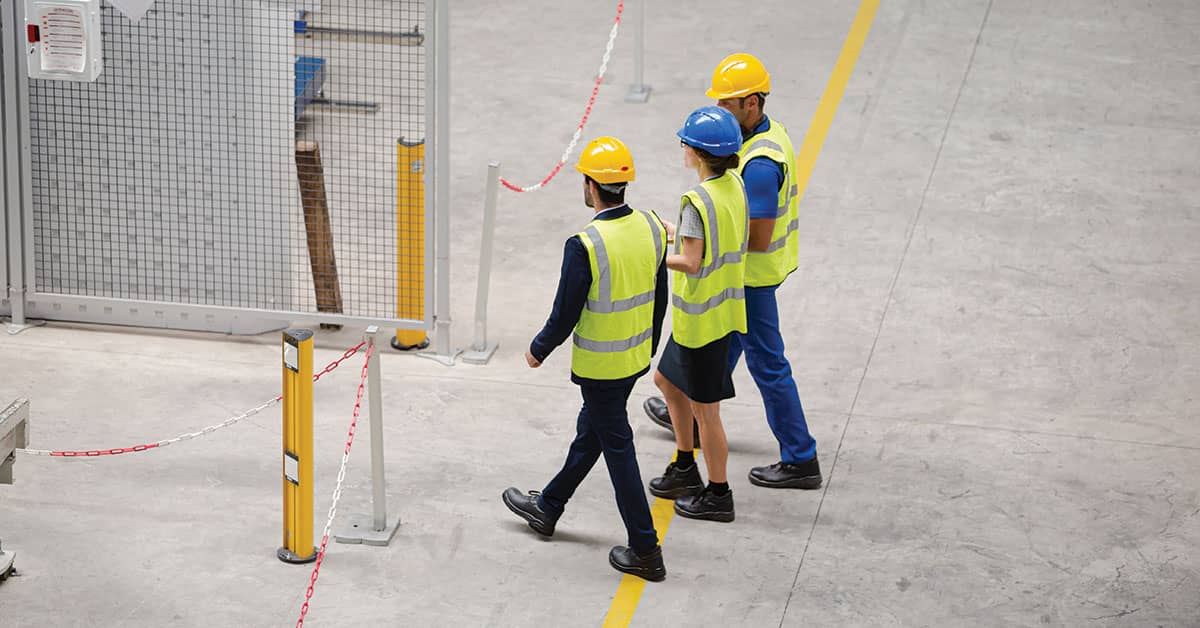Understanding OSHA’s General Duty Clause
Date Posted: 05/09/2022

In addition to specific regulations, employers must comply with OSHA’s General Duty Clause. OSHA can cite the General Duty Clause if a recognized serious hazard exists in the workplace and the employer does not take reasonable steps to reduce or eliminate the hazard.
The General Duty Clause is used only if no other standard applies. OSHA has used it for hazards like ergonomics, failing to train machine operators, workplace violence, and heat stress, among other areas.
Recognized hazard
Proving that a hazard was “recognized” may require OSHA to show that the employer was aware of or should have been aware of the hazard. For example, if a company had numerous ergonomic injuries and employees frequently reported ergonomic concerns, OSHA might show that the company was aware of the hazard.
Some hazards may be recognized in certain industries or by manufacturer warnings. For example, forklift operator manuals require wearing the seat belt. The OSHA regulation doesn’t mention seat belts, but if operators don’t wear them, OSHA could use the forklift manual to show a recognized hazard.
In rare cases, OSHA may argue that a hazard is so obvious that any reasonable person would have recognized it. For example, if storage racks in a warehouse have structural damage, that should be a recognized hazard.
Serious hazard
The hazard must also be capable of causing death or serious physical harm. Serious injuries include, but are not limited to, bone fractures, amputations, cuts or lacerations that require sutures, and burns from electrical, chemical, or thermal sources. In addition, OSHA must consider if the hazard exposure is regular and ongoing, or of limited frequency or duration.
To illustrate, OSHA has used the General Duty Clause to cite employers for failing to train machine operators because most industrial machines have the potential to cause serious injuries and the exposure is ongoing.
There’s much more to the General Duty Clause, but two key areas are the recognition of the hazard and the seriousness of the potential injury. Remember that a hazard could be recognized — and have the potential for serious injury — even if no injuries occurred yet.
How Safety Management Suite Can Help
Since conditions in the workplace may be constantly changing, identifying hazards may require conducting regular inspections and audits. The Audits feature in the J. J. Keller® SAFETY MANAGEMENT SUITE provides numerous ready-to-use checklists with questions on dozens of topics. The results can help you identify potential hazards or compliance issues and address them before an incident occurs
E-mail Newsletter
Sign up to receive the weekly EHS Insider email newsletter for safety articles, news headlines, regulatory alerts, industry events, webcasts, and more.